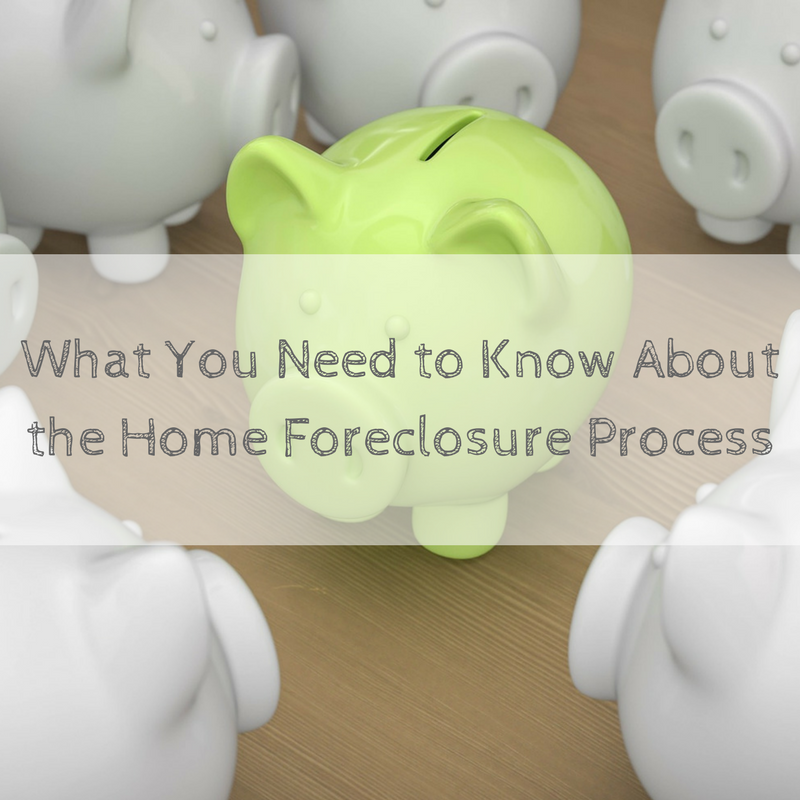November 16, 2017
 Home owners should know how the foreclosure process works. Foreclosure seems to be a little bit of a taboo topic in real estate talk, made even more complicated by a slew of legal jargon and misunderstandings flying around in cyberspace.
Home owners should know how the foreclosure process works. Foreclosure seems to be a little bit of a taboo topic in real estate talk, made even more complicated by a slew of legal jargon and misunderstandings flying around in cyberspace.
So, what exactly does the foreclosure process entail? Home foreclosure is the legal process that allows the lender to take possession of a property when payments by the homeowner are not met. From the NOD to auction day, this process has a number of steps that takes weeks, or even months, to pan out.
Still have questions? Fret no more, because we’re about to shed some light on this shadowy subject.
Notice of Default
When it comes to your mortgage, this isn’t a one-strike-and-you’re-out kind of deal.
While banks expect to receive your payments on time, most lenders have a system (such as a ten-day grace period) in place to cut you some slack. Of course, you can expect a late fee, and the late payment could affect your credit rating, but you are still in the clear as long as you pay up.
If 30 days pass and the lender still hasn’t received a payment, a notice of default (NOD) will be sent. This includes a bunch of information about your property and the number of days you are behind, but it is essentially a document warning you to make your missed payment, stat. This is the best time to call your lender to work out an arrangement, try to put your property on the market for a quick sale, or come up with the dough you owe.
If you have missed fewer than three payments, you are not in foreclosure. In most states, the homeowner must fall 90 days behind on mortgage payments before the lender can kick-off the foreclosure phase of the process.
Foreclosure Notice
If 90 days pass and payments have not been received, or an agreement hasn’t been worked out, you can expect the dreaded foreclosure notice. The document includes the total amount of outstanding payments and interest charges, as well as the when-and-where of the property’s auction. Information about the upcoming sale will be published in the County Recorder’s Office and the local paper, as well as posted on the property.
Auction: Sale or REO
At the foreclosure auction, the bank sets the opening bid to cover the missed payments, interest and other penalties that have accrued prior to the sale. The property will be sold to the highest bidder. If the property doesn’t sell, it becomes real-estate owned (REO). This is the end of the road in a foreclosure. As soon as someone submits the winning bid or the property becomes an REO, you lose all rights to it.
In many states, the homeowner has the right to a redemption period. How does this work? Up to the point in which it is sold at the auction, the homeowner has the chance to buy back the property by providing cash to cover the grand total of the debt and other charges. Option B happens after the auction and comes with a higher price tag: pay the sale price, interest and other costs to the winning bidder.
The process differs slightly from state to state. United States Foreclosure Laws is a good place to start if you are unsure what the laws are in your state. The more knowledge you have about how each step works will help you understand your rights and responsibilities as you work through the foreclosure process. Selling your home fast to a reputable real estate investor might be a quick way out before you get too far into the process!